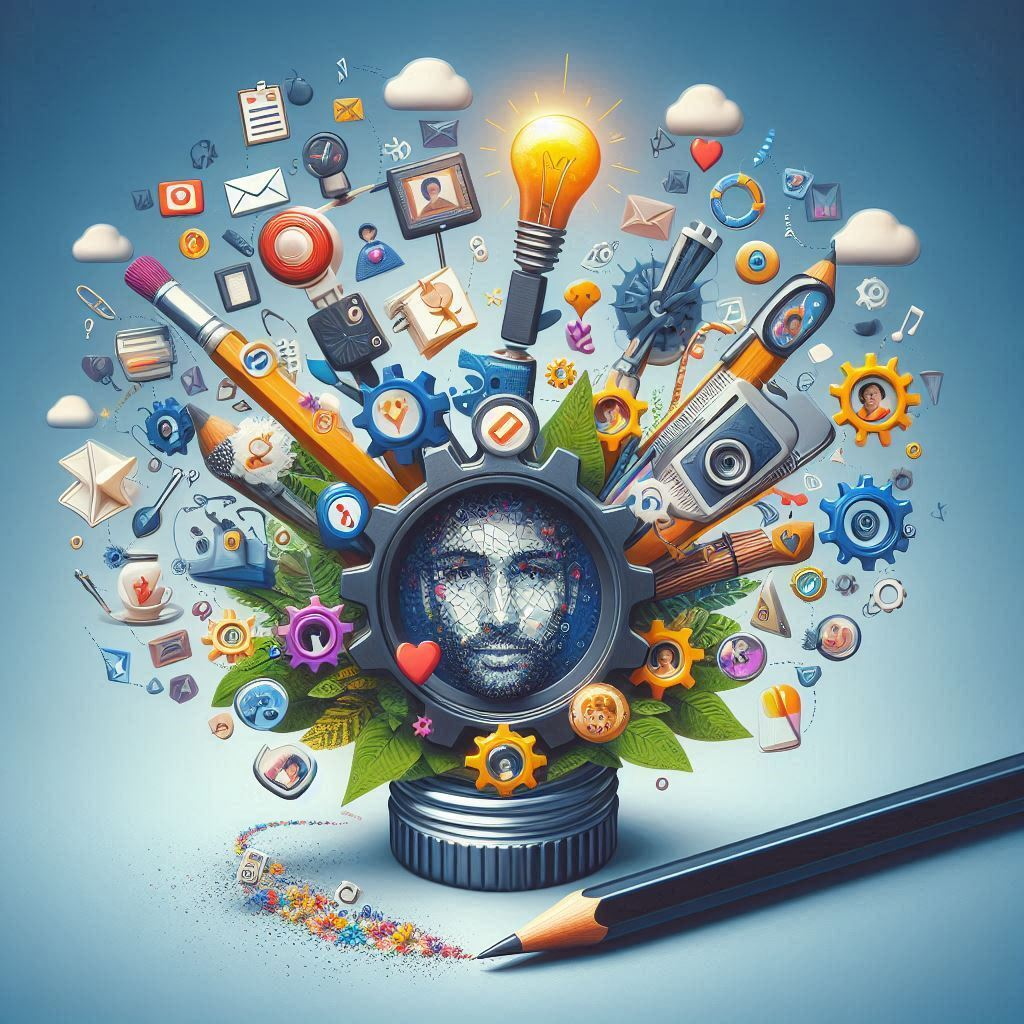
How to Balance Social Media and Real-life Engagement: 6 Key Tips
In today’s digital age, social media plays a significant role in our daily lives. While it offers numerous benefits, such as staying connected with friends and family and accessing a wealth of information, it can also lead to feelings of isolation and disconnection from the real world. Striking a balance between social media use and real-life engagement is essential for maintaining mental well-being and fostering meaningful relationships. Here are six key tips to help you achieve that balance.
1. Set Clear Boundaries
Establishing boundaries is crucial in managing your social media usage. Here are some strategies to consider:
-
Designate specific times for social media: Limit your social media use to certain times of the day, such as during lunch breaks or after dinner. This will help prevent excessive scrolling and encourage you to focus on real-life interactions.
-
Turn off notifications: Disable notifications for social media apps to minimize distractions and interruptions. This way, you can be more present in your surroundings.
-
Create a social media-free zone: Designate certain areas or times, such as family meals or during conversations, where social media usage is prohibited. This encourages genuine interaction.
2. Prioritize Face-to-Face Interactions
While online communication can be convenient, it often lacks the depth of face-to-face interactions. Here’s how to prioritize real-life engagement:
-
Schedule regular meetups: Make it a habit to meet friends and family in person, whether for coffee, lunch, or activities. This fosters stronger bonds and creates lasting memories.
-
Join local clubs or activities: Participate in community events, workshops, or classes that align with your interests. This not only helps you meet new people but also provides an opportunity to engage in meaningful experiences.
-
Limit virtual events: While online gatherings can be enjoyable, try to balance them with in-person interactions to ensure you’re nurturing your real-life relationships.
3. Practice Mindfulness
Being present in the moment can help you enjoy life more fully and reduce the urge to check your phone. Here are some mindfulness techniques:
-
Engage in mindful activities: Activities such as meditation, yoga, or nature walks can help you develop mindfulness. This encourages you to focus on your surroundings and connect with the moment.
-
Use your senses: Take note of what you see, hear, smell, and feel around you. Engaging your senses can help ground you in reality and reduce distractions from social media.
-
Limit multitasking: Focus on one activity at a time, whether it’s a conversation, a meal, or a hobby. This can enhance your experiences and make you feel more fulfilled.
4. Curate Your Social Media Feed
The content you consume on social media can significantly affect your mood and perspective. Consider the following tips for curating your feed:
-
Follow positive influencers: Seek out accounts that inspire, motivate, or educate you. Unfollow those that promote negativity or comparison.
-
Limit exposure to news: While staying informed is important, excessive news consumption can lead to anxiety. Curate your news sources and allocate specific times for catching up.
-
Engage in meaningful discussions: Participate in groups or forums that foster constructive dialogue. This can enhance your sense of community and encourage real-life interactions.
5. Reflect on Your Social Media Use
Regularly assessing your social media habits can help you identify areas for improvement:
-
Keep a journal: Document your feelings before and after using social media. This can help you recognize patterns and understand how social media impacts your mental state.
-
Set goals: Determine what you want to achieve with your social media use, whether it’s staying connected with friends or promoting a cause. This can help you stay focused and reduce aimless scrolling.
-
Take breaks: Consider taking regular breaks from social media, whether it’s a day, a week, or even longer. This can help you reset your habits and prioritize real-life engagement.
6. Encourage Social Media Literacy
Promoting awareness and understanding of social media can help you and those around you navigate the digital landscape more effectively:
-
Educate yourself and others: Stay informed about the impact of social media on mental health and relationships. Share this knowledge with friends and family to encourage healthy habits.
-
Discuss digital well-being: Open conversations about the importance of balancing social media and real-life interactions with your friends and family. This can create a supportive environment for healthy habits.
-
Promote online responsibility: Encourage yourself and others to think critically about the content they share and consume. This can lead to more meaningful online interactions and foster a positive digital community.
Conclusion
Balancing social media and real-life engagement is essential for maintaining emotional well-being and fostering meaningful relationships. By setting clear boundaries, prioritizing face-to-face interactions, practicing mindfulness, curating your social media feed, reflecting on your habits, and promoting social media literacy, you can create a healthier relationship with technology. Remember, it’s all about finding what works best for you and ensuring that your social media use enhances, rather than detracts from, your real-life experiences.



